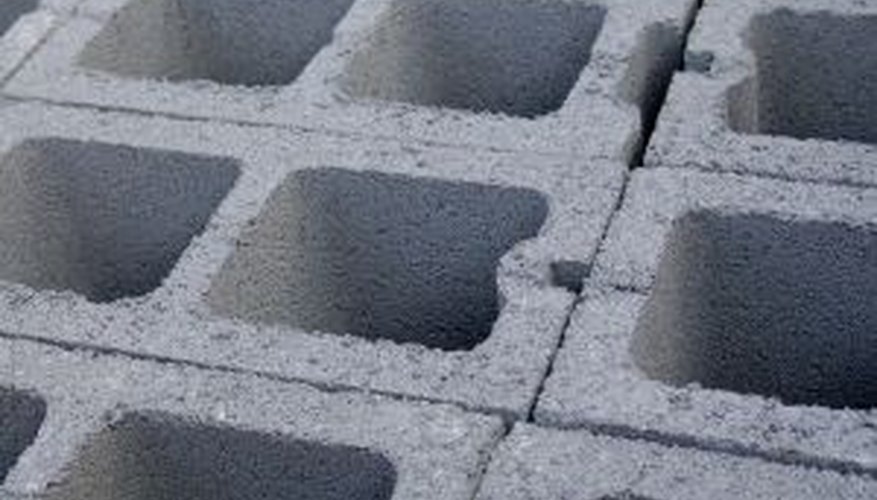People have used concrete since ancient times, but the concrete block was not invented until the 1830s. Widespread manufacture of concrete blocks began in the early 1900s, and their popularity grew rapidly. Since then, they have been used in an enormous number of projects including basement walls, commercial buildings and more.
History
Ancient Romans or Greeks are traditionally considered the inventors of concrete from around the first century B.C., constructing it from lime, volcanic sand and ash, small stones, and water. Romans used concrete extensively in structures such as the Pantheon, the interior of the Coliseum and aqueducts.
Time Frame
The first precast concrete blocks were cast in wooden frames, dried like bricks into a solid form, and then laid in mortar like bricks, as well. Many individual contractors were creating these precast blocks by the mid-1800s. The first house in the United States built entirely of these blocks was constructed in 1837 on Staten Island, New York.
Types
In 1824, an English inventor named Joseph Aspidin invented a style of cement, a modified form of which is still the dominant type in construction today. It was made of powdered limestone and clay mixed with water. Aspidin named Portland cement after a type of building stone that was quarried on the Isle of Portland in Dorset, England.
- In 1824, an English inventor named Joseph Aspidin invented a style of cement, a modified form of which is still the dominant type in construction today.
Reinforced concrete, which includes embedded metal, was invented in 1849 by Joseph Monier, although he did not receive a patent until 1867.
Significance
In 1868, the Frear Stone Manufacturing Co. of Chicago began manufacturing G.A. Frear's patented concrete blocks with decorative trim, less expensive than carved stone. This was the first commercial manufacture of concrete block, and many of these blocks survived the 1871 Chicago fire.
Effects
Improvements to Portland cement and its falling cost, along with a newly invented machine, revolutionised the concrete industry in the early 1900s. This cast-iron machine constructed hollow concrete blocks and made widespread production possible. Harmon Palmer obtained his patent in 1900, and within 10 years, over a thousand companies and individual contractors were making hollow concrete blocks.
Considerations
Thousands of concrete-block houses were built through the 1920s in the U.S., most in the Midwest, perhaps because of the abundant sand and gravel there. The houses were advertised as being fireproof and weatherproof. Concrete-block structures are still common today for commercial buildings, silos and basement walls.
Theories/Speculation
Scientists at Massachusetts Institute of Technology are studying whether the Egyptians might have used concrete blocks in the pyramids. If so, this would change the entire accepted history of engineering. Concrete would have been invented at least 2,000 years before it has traditionally been thought, and historians also have theorised the pyramid blocks were carved whole from quarry stones. They have assumed the blocks were hauled from other locations by slaves and additional workers, rather than being constructed on-site.
- Scientists at Massachusetts Institute of Technology are studying whether the Egyptians might have used concrete blocks in the pyramids.
- Concrete would have been invented at least 2,000 years before it has traditionally been thought, and historians also have theorised the pyramid blocks were carved whole from quarry stones.
